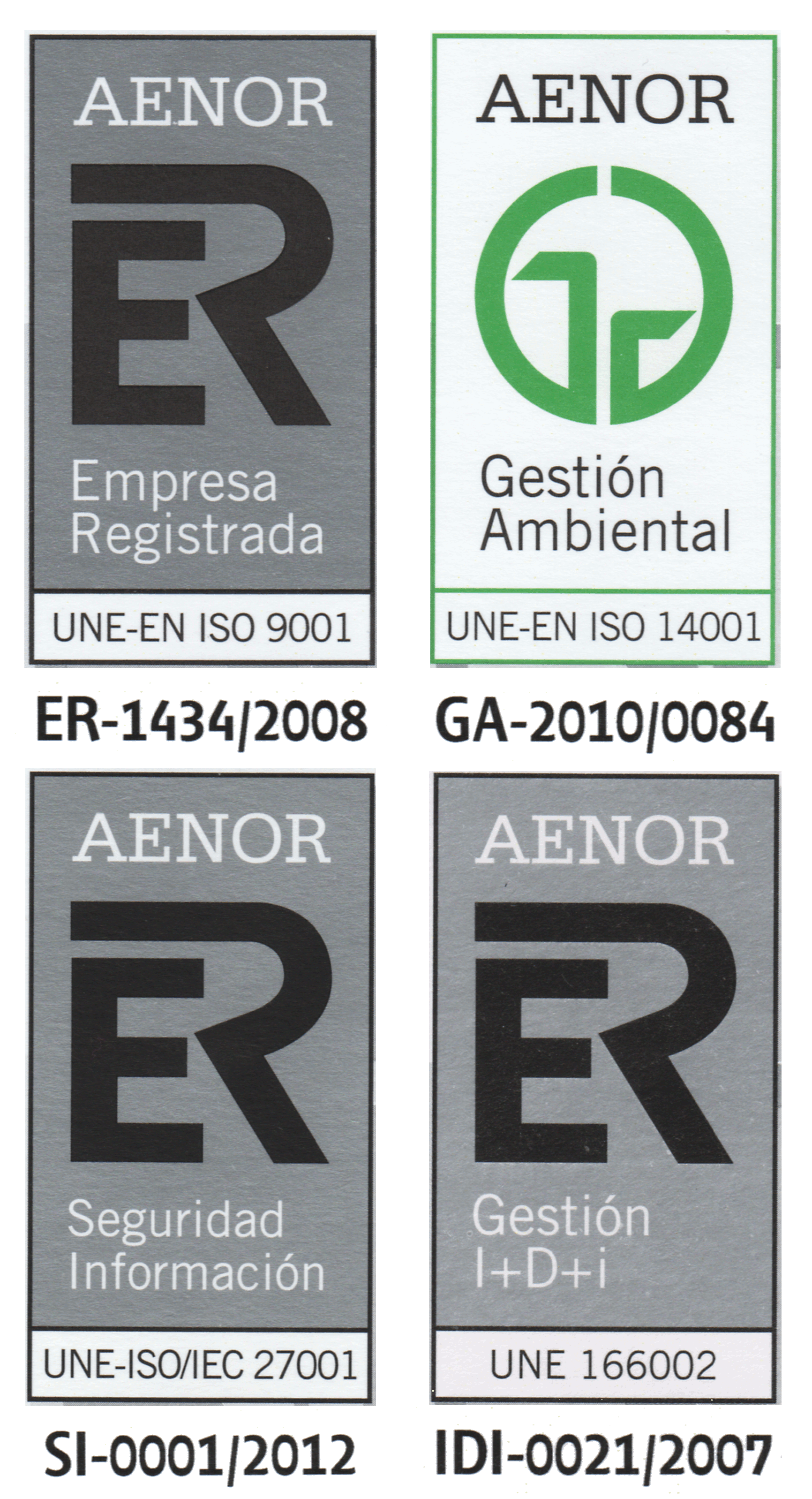We consider tissue-like P systems with states associated with the links (we call them synapses) between cells, controlling the passage of objects across the links. We investigate the computing power of such devices for the case of using—in a sequential manner—antiport rules of small weights. Systems with two cells are proved to be universal when having arbitrarily many states and minimal antiport rules, or one state and antiport rules of weight two. Also the systems with arbitrarily many cells, three states, and minimal antiport rules are universal. In contrast, the systems with one cell and any number of states and rules of any weight only compute Parikh sets of matrix languages (generated by matrix grammars without appearance checking); characterizations of Parikh images of matrix languages are obtained for such one-cell systems with antiport rules of a reduced weight.
| 


